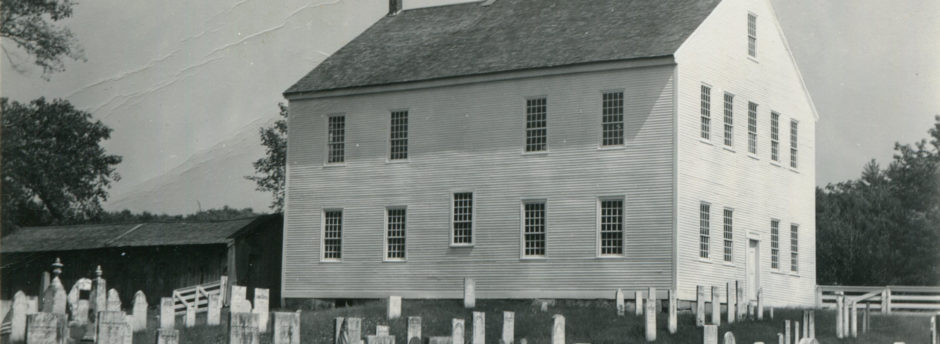Mast Trees and Mast Wheels
Mast Wheels were once used to haul enormous tree trunks for use as ships’ masts in the 18th century. The Webster Historical Society is fortunate to have a pair of these massive wheels, restored and now housed in the reproduction horse shed. They will be on display during Webster’s Old Home Day celebration in August.
Article from the NH Historical Society
On May 10, 1708, the General Court passed an act to preserve all “Mast Trees” or white pine trees within the province of New Hampshire for the Crown’s Royal Navy. This action rubber-stamped an earlier 1691 English law that declared all pines with a diameter of 24 inches or more the property of the Crown and imposed a fine of £50 for each tree illegally cut.
Standing in small clumps, some pines rose more than 250 feet, supported by bases seven feet or more in diameter, and they were choice material for ship mast production for the British navy. Ships of the line required new masts every 15 to 20 years, so locating a source of trees became a high priority for the British government, which was determined to build its fleet and expand its dominance of the seas during the eighteenth century. In all, New Hampshire supplied more than 4,500 ship’s masts during this period and became known as having the finest white pines in the world. To enforce the decree and prevent colonists from selling the trees to Britain’s rivals, an official surveyor of the King’s woods oversaw a crew of deputy surveyors who traveled around the province marked each mast tree with the “king’s broad arrow,” a three-pronged symbol formed with ax strokes. Other critical shipbuilding materials such as frames, spars, planking, pitch and tar for seaming, and turpentine for paint and varnish could also be produced from the wood. All of these products were critical to England’s maintenance of its naval dominance over rivals such as Spain and France.
The enforcement of the act led to conflict with colonists who wanted the trees for construction of their settlements, ships they were building, and trade with Boston and elsewhere. When it became illegal to possess boards 24 inches or greater in width, settlers evaded the law by cutting boards to 23 inches. Others set forest fires that destroyed the usefulness of the trees for masts but not for lumber. One deputy surveyor estimated that only one of every 500 mast trees made it to England. Mounting tensions led to the Mast Tree Riot in Fremont in 1736, when locals threatened the life of Surveyor-General David Dunbar. It is considered one of the earliest armed encounters between colonists and officers of the Crown. In 1772 another fracas developed between colonists and Crown officials in what became known as the Pine Tree Riot. That winter several men in Dunbarton, Goffstown, and Bedford were caught with mast trees at local sawmills. So too were a group from Weare. Most of the violators paid their fines and settled the matter, but the group from Weare, led by Ebenezer Mudgett, refused. Armed with a warrant for Mudgett’s arrest, Sheriff Benjamin Whiting and his deputy gave Mudgett one night to decide whether he would pay his fine or suffer arrest. Whiting’s patience was poorly rewarded when a group of disguised men forced their way into the inn where the sheriff and deputy were staying and beat them with switches. They also cropped the ears and shaved the manes and tails of their horses. Whiting and his deputy quickly left town, but eventually eight of the men were caught and brought to trial. The court apparently supported the colonists as the rioters were fined a mere 20 shillings each. None received any jail time.
